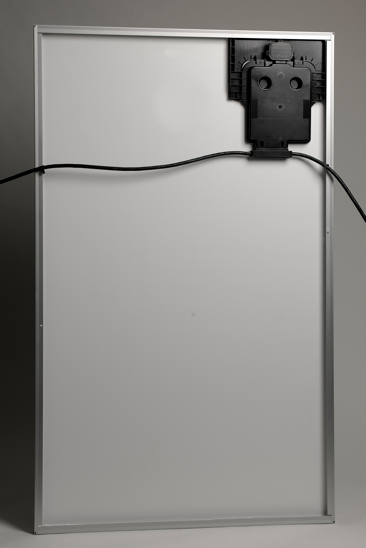Silicon Valley's rooftop start-up rethinks solar technology


A clean energy start-up is returning Silicon Valley to its roots: miniaturizing electronics components to improve the cost and efficiency of hardware. But in 2012, the entrepreneurial focus has shifted on to photovoltaic cells.
ArrayPower's story begins on a rooftop rather than inside of a garage. Co-founder Kent Kernahan became frustrated after a rooftop inverter failed after just a few years, and decided that there must be a better way to build one.
The eventual solution was to design a more fault tolerant inverter, an electronic component that converts direct current (DC) to alternating current (AC) that is integrated with the solar cell. ArrayPower calls this a sequenced inverter.
Kernahan, Sorin Spanoche, and Mika Nuotio founded ArrayPower in 2008. Its board members include Serious Materials CEO Kevin Surace and former SunPower president Daniel Shugar.
ArrayPower's sequenced inverters have drawn the attention of tier 1 PV manufacturers including Canadian Solar, which is shipping integrated solution this year. ArrayPower was awarded patents on its technology last month.
The key differentiator of its integrated approach is that solar arrays have traditionally deployed one central inverter that's manufactured by a separate vendor.
A typical inverter only lasts for about ten years, said Nick Cravalho, ArrayPower's vice president of business development and marketing. Replacement costs for inverters is factored into payback on solar investments.
ArrayPower is focused on commercial installations. Other alternative approaches, such as micro-inverters, make the price point of solar power too high for the commercial market, Cravalho said.
An integrated approach also improves reliability, energy efficiency, and simplifies installation, Cravalho said. "It's a 25-year component. There's 50 percent less electronics components and labor to install it."
Energy harvest is optimized on a per module basis versus the entire field, so there's more energy based upon the power capacity that you have, Cravalho explained. It has proven its design out in four field trials in the U.S. and Germany.
With its field trials behind it and having a customer, ArrayPower is entering into its early days of commercialization. ArrayPower will target battery power and wind verticals next with derivative technologies, Cravalho said.
The company has yet to become profitable, but anticipates that it can gain a foothold in the solar market by partnering with other manufacturers (or as Cravalho put it, 'riding on the backs of giant.'). ArrayPower has received over US$22 million in venture capital funding from DFJ, Firelake Capital, Partech International, and Trident Capital.
This post was originally published on Smartplanet.com